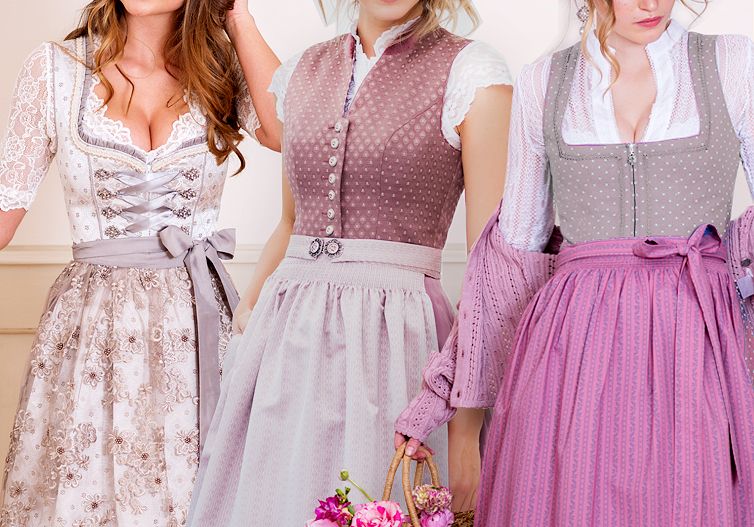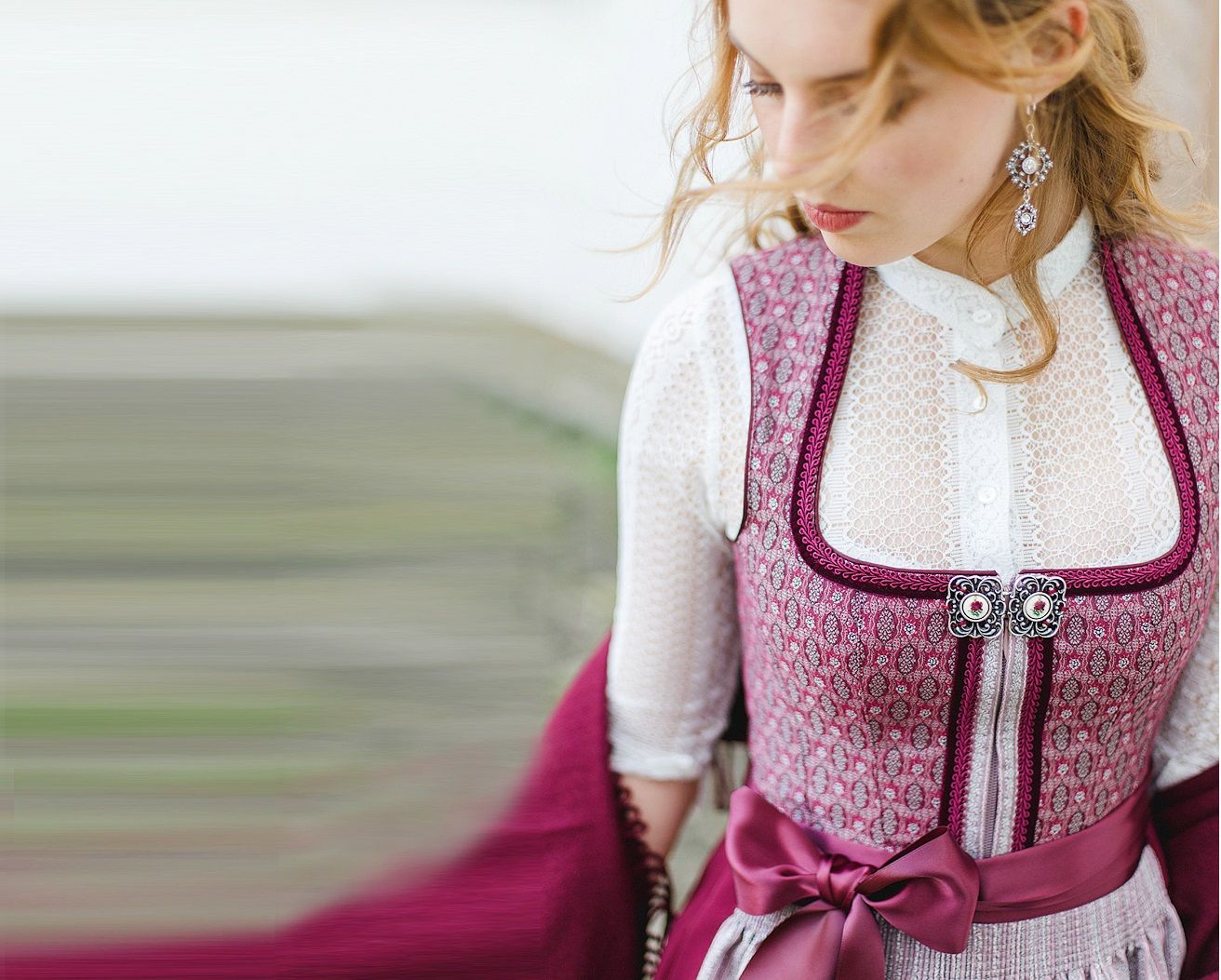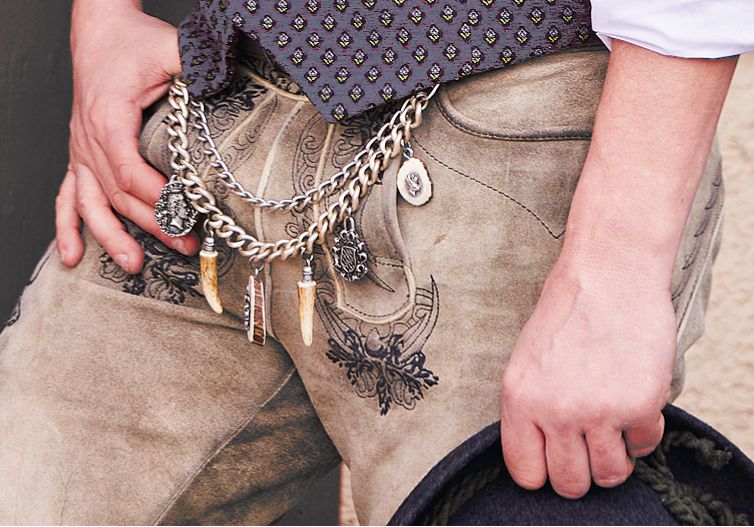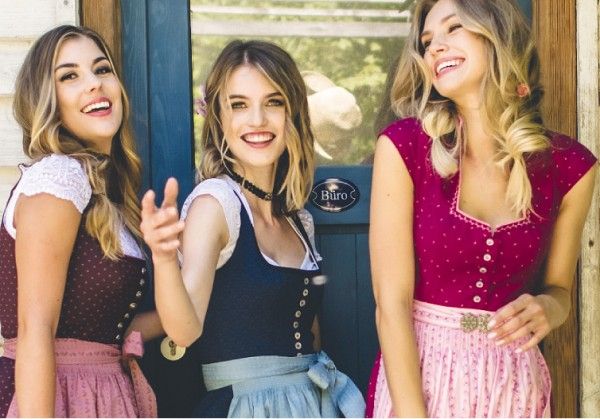The role of color and pattern in traditional costume fashion
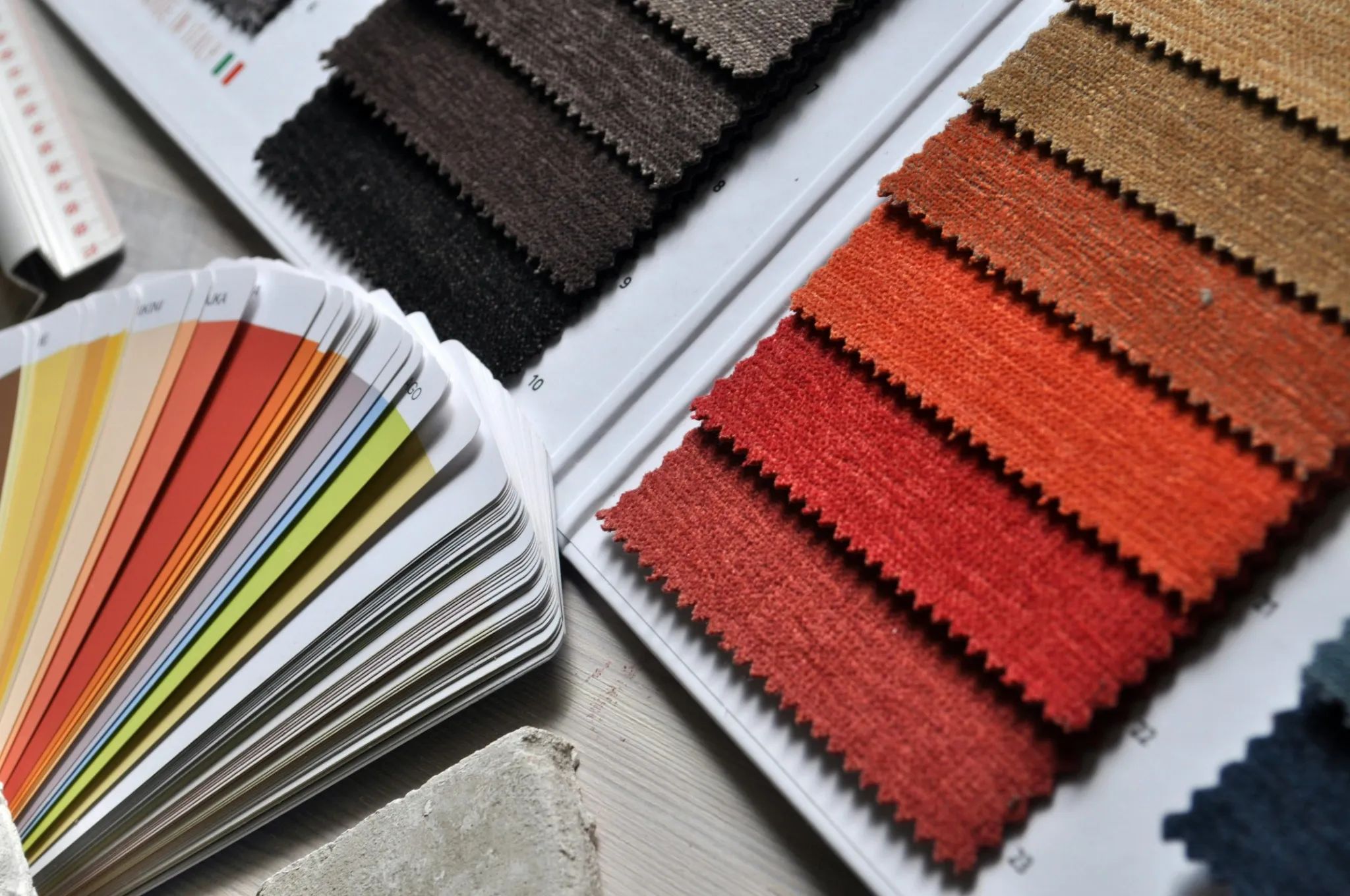
Traditional costume fashion thrives on colors and patterns that not only create visual highlights but are also deeply rooted in tradition. Whether it's classic Oktoberfest colors, regional traditional patterns, or the symbolic Dirndl colors – every shade and design tells its own story. In this article, we dive deep into the world of colors and patterns in traditional costume fashion and explain how they influence the style and effect of a Dirndl. We place special emphasis on the meaning of Dirndl colors.
Colors & Traditional Fashion: The Meaning of Dirndl Colors
Colors play a key role in traditional costume fashion – especially in the Dirndl. They convey emotions, traditions, and societal values. Modern Dirndls are a true highlight of traditional fashion and impress with extravagant combinations. But did you know that traditional colors often have a deeper meaning? Depending on the region, the symbolism of Dirndl colors can vary, but generally, the following associations apply:
- Red: Symbolizes passion and love. A red Dirndl is eye-catching and stands for confidence.
- Blue: Represents loyalty and stability. Especially popular for classic traditional looks.
- Green: Stands for a connection to nature and hope. A traditional color in many costumes.
- Pink & Pastel colors: Especially popular for weddings and romantic looks.
- Black & Dark tones: Once mainly used for mourning attire, now a stylish trend for festive occasions.
Do you want to stay on trend this year with your choice of colors for your traditional outfit? Then go for an exciting combination: vibrant shades like lime green, magenta, and aqua pair perfectly with soft pastels such as lemon yellow, mint, and lavender. Prefer a more classic style? Then choose elegant shades of blue and add stylish highlights with bold accents in deep red or purple. This way, you’ll create a unique look that blends tradition and modernity!
Regional Differences in Color Choices for Traditional Fashion
The meaning and use of colors in traditional costumes vary by region and often reflect traditional customs, social norms, and historical influences. While some colors indicate certain life stages or social status, others are used to highlight regional distinctions.
- Baden-Württemberg: Here, the color of the apron reveals the marital status of the wearer – married women traditionally wear dark aprons, while unmarried women prefer light or colorful ones. Men often pair their traditional outfits with colorful vests, and women like to wear cheerful striped socks with their Dirndl, adding a playful touch to the look.
- Bavaria: In Bavaria, classic color combinations like blue and white (the colors of the state flag) or deep fir green, symbolizing a connection to nature, dominate. In some areas, the position of the Dirndl bow also indicates relationship status.
Traditional fashion thrives on these regional characteristics, which not only make it unique but also convey a deep cultural background.
The Most Popular Colors for Oktoberfest
Oktoberfest colors change every year with new trends, but some shades remain a staple of traditional fashion and always ensure a stylish appearance. The following colors have proven themselves over the years:
- Fir Green & Dark Blue – Timeless colors that pair perfectly with traditional aprons.
- Berry Tones & Bordeaux – Elegant colors that are especially stylish in the fall season.
- Bright Red & Pink – Playful and feminine, perfect for that authentic Oktoberfest vibe.
- Gold & Earth Tones – Add a touch of elegance and go wonderfully with luxurious fabrics like velvet or silk.
Whether classic or modern – with these colors, you’ll be perfectly dressed for Oktoberfest!
Traditional Patterns: Where Heritage Meets Modern Style
In addition to colors, patterns also shape the appearance of a Dirndl. Traditional patterns often have regional roots and display fine details that highlight the outfit’s style. Typical patterns in traditional fashion include:
- Checkered Patterns – Especially popular for blouses and aprons, typically in blue and white or red and white. These patterns symbolize down-to-earth values and tradition and are often associated with rural folk costumes.
- Floral Patterns – Give the Dirndl a romantic touch, often in the form of embroidery or delicate prints. They represent a love of nature, femininity, and joy for life.
- Trims & Borders – Decorative elements on skirts or bodices that add a traditional flair. They showcase skilled craftsmanship and give the outfit a refined, personalized look.
- Paisley & Vine Motifs – Elegant and feminine, often found on luxurious fabrics like silk or brocade. These artistic patterns express sophistication and exclusivity, inspired by historical costume textiles.
How Colors & Patterns Influence the Dirndl
The right color combination and matching pattern can completely change the effect of a Dirndl. A bold red can make a simple Dirndl exciting, while delicate patterns create a playful elegance. Mix & Match is especially popular in modern traditional fashion – combining various colors and patterns creates one-of-a-kind looks.
Here are some styling tips for you:
- Dark colors appear elegant and create a slimming silhouette
- Light and pastel tones bring freshness and youthfulness
- Large patterns draw attention, while small patterns appear more subtle
Colors & Patterns as an Expression of Style and Tradition
The choice of Dirndl colors and traditional patterns is more than just a style decision – it reflects personality, tradition, and fashion consciousness. While trends change every year, classic colors and patterns in traditional fashion always remain timeless. Whether at Oktoberfest, a wedding, or a traditional celebration – with the right color combination and pattern, your traditional outfit is sure to stand out!
Want more inspiration for your traditional look? At MOSER Trachten, you’ll find a wide selection of stylish ideas for Dirndl blouses, accessories, traditional skirts, and shoes to perfectly complete your unique look!


